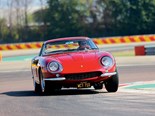Ferrari Testa Rossa Pontoon & Maserati Tipo 54 Replicas: John Bowe
 Ferrari Testa Rossa Pontoon & Maserati Tipo 54 Replicas
Ferrari Testa Rossa Pontoon & Maserati Tipo 54 Replicas
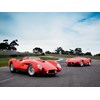
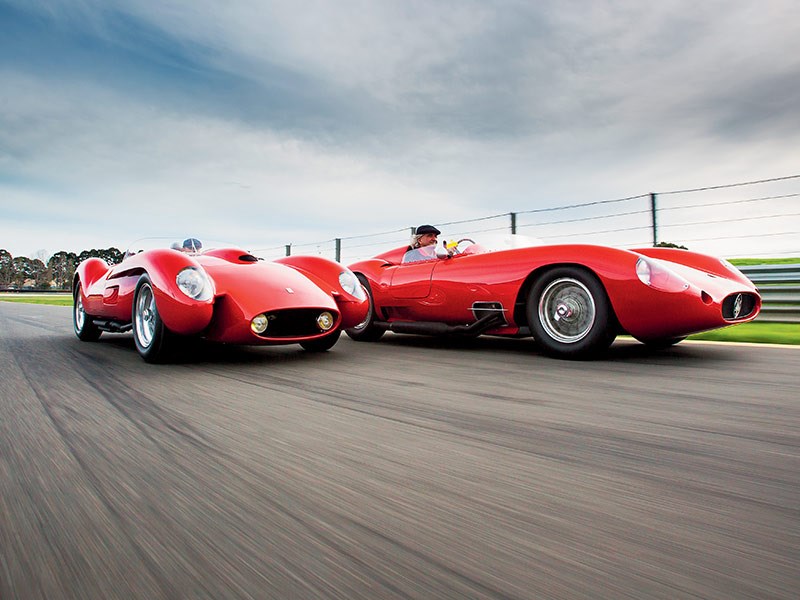 Ferrari Testa Rossa Pontoon & Maserati Tipo 54 Replicas
Ferrari Testa Rossa Pontoon & Maserati Tipo 54 Replicas

 Ferrari Testa Rossa Pontoon & Maserati Tipo 54 Replicas
Ferrari Testa Rossa Pontoon & Maserati Tipo 54 Replicas
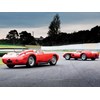
 Ferrari Testa Rossa Pontoon & Maserati Tipo 54 Replicas
Ferrari Testa Rossa Pontoon & Maserati Tipo 54 Replicas
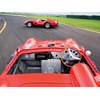
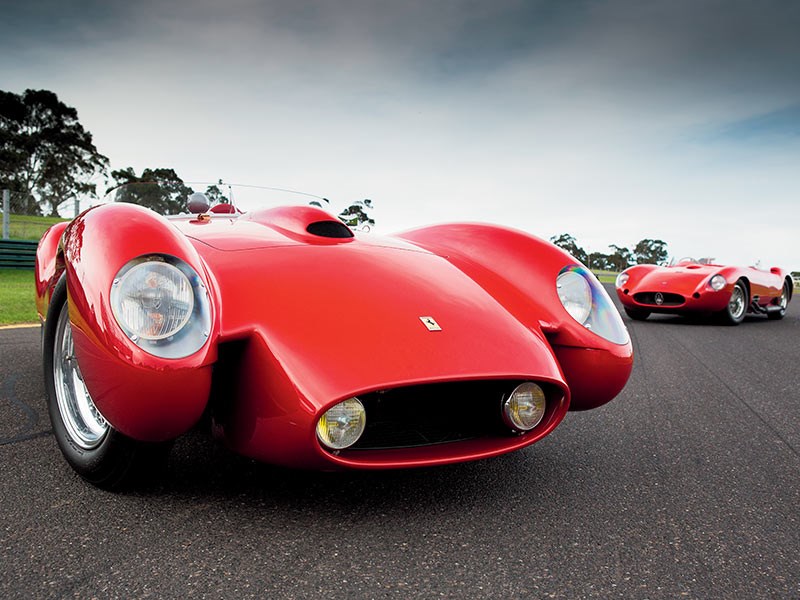 Ferrari Testa Rossa Pontoon & Maserati Tipo 54 Replicas
Ferrari Testa Rossa Pontoon & Maserati Tipo 54 Replicas

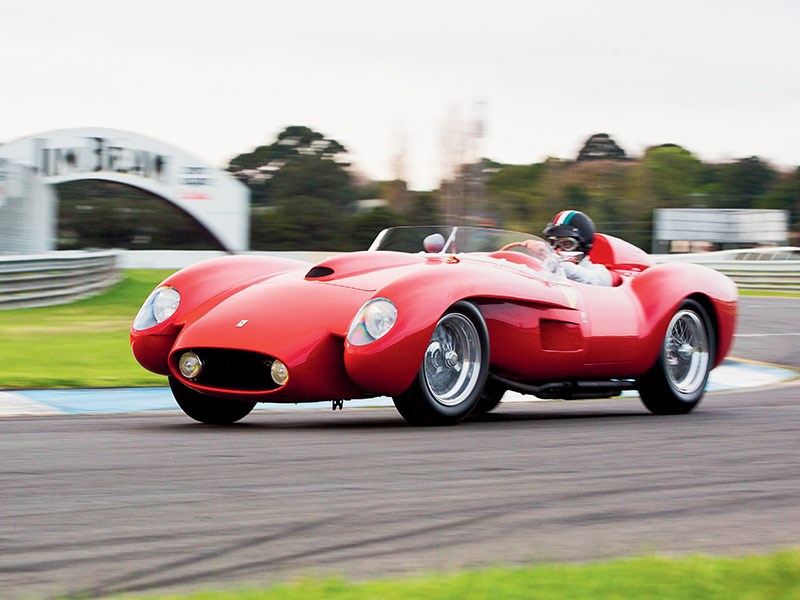 1957 Ferrari Testa Rossa Pontoon Replica
1957 Ferrari Testa Rossa Pontoon Replica

 1957 Ferrari Testa Rossa Pontoon Replica
1957 Ferrari Testa Rossa Pontoon Replica
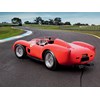
 1957 Ferrari Testa Rossa Pontoon Replica
1957 Ferrari Testa Rossa Pontoon Replica
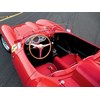
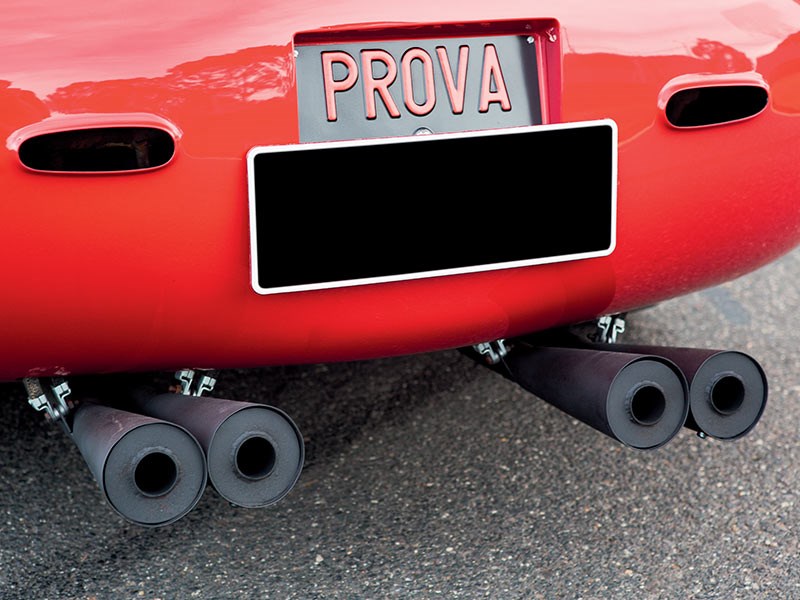 1957 Ferrari Testa Rossa Pontoon Replica
1957 Ferrari Testa Rossa Pontoon Replica

 1957 Ferrari Testa Rossa Pontoon Replica
1957 Ferrari Testa Rossa Pontoon Replica

 1957 Ferrari Testa Rossa Pontoon Replica
1957 Ferrari Testa Rossa Pontoon Replica
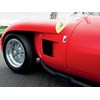
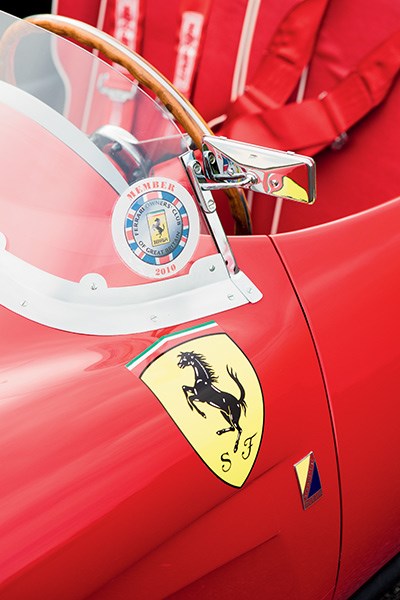 1957 Ferrari Testa Rossa Pontoon Replica
1957 Ferrari Testa Rossa Pontoon Replica

.jpg) 1957 Ferrari Testa Rossa Pontoon Replica
1957 Ferrari Testa Rossa Pontoon Replica
.jpg)
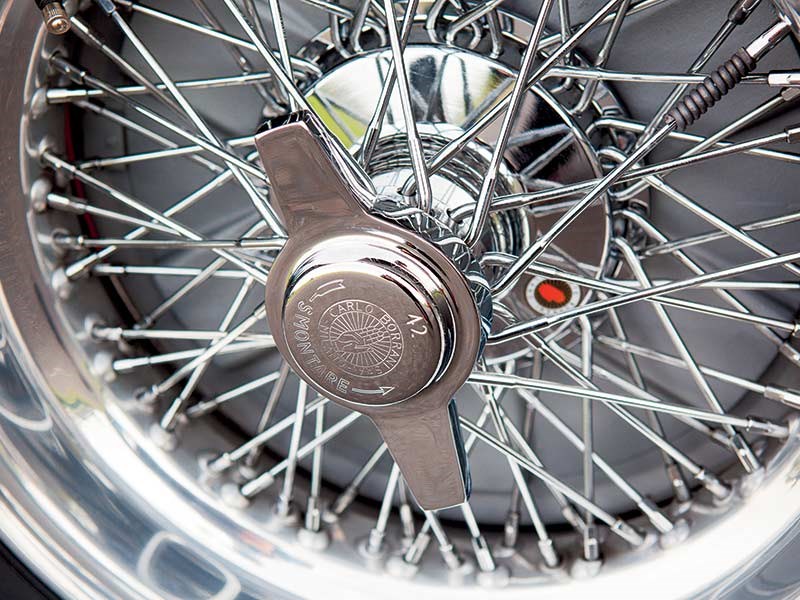 1957 Ferrari Testa Rossa Pontoon Replica
1957 Ferrari Testa Rossa Pontoon Replica

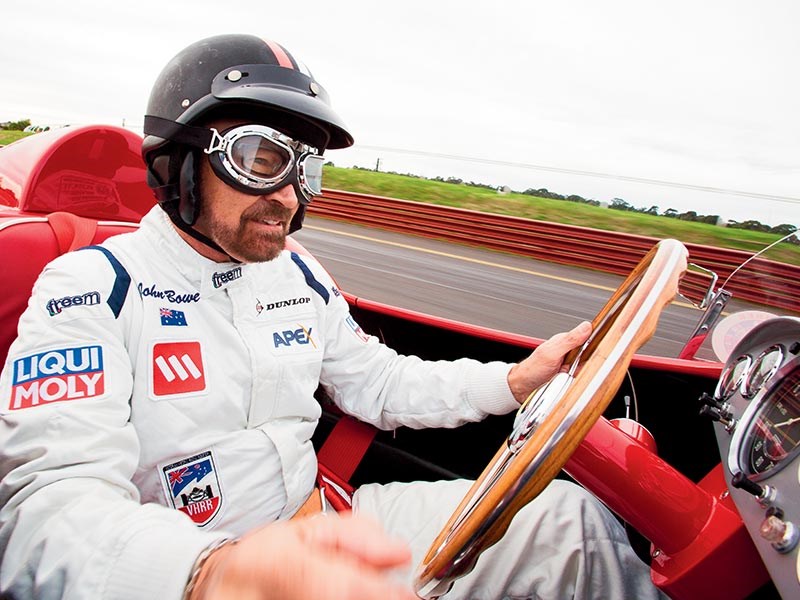 1957 Ferrari Testa Rossa Pontoon Replica
1957 Ferrari Testa Rossa Pontoon Replica

.jpg) 1957 Ferrari Testa Rossa Pontoon Replica
1957 Ferrari Testa Rossa Pontoon Replica
.jpg)
.jpg) 1957 Ferrari Testa Rossa Pontoon Replica
1957 Ferrari Testa Rossa Pontoon Replica
.jpg)
.jpg) 1956 Maserati Tipo 54 Replica
1956 Maserati Tipo 54 Replica
.jpg)
.jpg) 1956 Maserati Tipo 54 Replica
1956 Maserati Tipo 54 Replica
.jpg)
.jpg) 1956 Maserati Tipo 54 Replica
1956 Maserati Tipo 54 Replica
.jpg)
.jpg) 1956 Maserati Tipo 54 Replica
1956 Maserati Tipo 54 Replica
.jpg)
.jpg) 1956 Maserati Tipo 54 Replica
1956 Maserati Tipo 54 Replica
.jpg)
.jpg) 1956 Maserati Tipo 54 Replica
1956 Maserati Tipo 54 Replica
.jpg)

|
|
Ferrari Testa Rossa Pontoon & Maserati Tipo 54 Replicas
|

|
|
Ferrari Testa Rossa Pontoon & Maserati Tipo 54 Replicas
|

|
|
Ferrari Testa Rossa Pontoon & Maserati Tipo 54 Replicas
|

|
|
Ferrari Testa Rossa Pontoon & Maserati Tipo 54 Replicas
|

|
|
Ferrari Testa Rossa Pontoon & Maserati Tipo 54 Replicas
|

|
|
1957 Ferrari Testa Rossa Pontoon Replica
|

|
|
1957 Ferrari Testa Rossa Pontoon Replica
|

|
|
1957 Ferrari Testa Rossa Pontoon Replica
|

|
|
1957 Ferrari Testa Rossa Pontoon Replica
|

|
|
1957 Ferrari Testa Rossa Pontoon Replica
|

|
|
1957 Ferrari Testa Rossa Pontoon Replica
|

|
|
1957 Ferrari Testa Rossa Pontoon Replica
|
.jpg)
|
|
1957 Ferrari Testa Rossa Pontoon Replica
|

|
|
1957 Ferrari Testa Rossa Pontoon Replica
|

|
|
1957 Ferrari Testa Rossa Pontoon Replica
|
.jpg)
|
|
1957 Ferrari Testa Rossa Pontoon Replica
|
.jpg)
|
|
1957 Ferrari Testa Rossa Pontoon Replica
|
.jpg)
|
|
1956 Maserati Tipo 54 Replica
|
.jpg)
|
|
1956 Maserati Tipo 54 Replica
|
.jpg)
|
|
1956 Maserati Tipo 54 Replica
|
.jpg)
|
|
1956 Maserati Tipo 54 Replica
|
.jpg)
|
|
1956 Maserati Tipo 54 Replica
|
.jpg)
|
|
1956 Maserati Tipo 54 Replica
|
Tributes to a golden era of road racing, these Ferrari Testa Rossa and Maserati Tipo 54 recreations have spared little expense and deliver an authentic look and feel...

|
|
Ferrari Testa Rossa Pontoon & Maserati Tipo 54 Replicas
|
Ferrari Testa Rossa Pontoon & Maserati Tipo 54 Replicas
Both these cars represent the glory days of 1950s racing. Only a handful of 1958 Ferrari Testa Rossa and 1956-58 Maserati Tipo 54 models were ever built and raced, and a car with original provenance is beyond the reach of all but the most well-heeled international enthusiasts or collectors. In the Ferrari’s case, it’s near enough to a $40M car. Can you believe that? Forty million! Even the Maserati is a $10M car. The cars we have here aren’t about to trouble the auction block for anything like those sums, though. They’re recreations, forensically crafted to offer the look and feel of the originals.
Being recreations rather than originals, these cars are not irreplaceable metal worth millions. But both cars’ chassis are as close as dammit to the originals, having been copied from a genuine models, the engines are genuine Ferrari and Maserati, and the bodies are hand-made in aluminium. So these cars are far more sophisticated and complex than something like a Cobra replica using Jaguar suspension, or something on a VW Beetle chassis, or a GT-HO replica.
Cars like this get around the question, "If you had a $40M race car, would you drive it?" There’s no way known that I would. Let’s say you raced one in Historics, such as at Laguna Seca in the US or Goodwood or Le Mans, and some other bloke torpedoes you and it catches fire. You can repair extensive damage, but you can’t fix a burnt one. You’d just be left calculating the equity inherent in the chassis and engine numbers. Looking at those situations, these cars make sense as they allow people like us – or more to the point, the moneyed enthusiasts who own and build cars such as these – to taste what the originals were like.
So with that out of the way, let’s take a closer look.
To get these cars together was a terrific privilege and they show the technology of the time. These cars were created a decade after World War II. Technology, given a kick-start in the crucible of war, then romped ahead for civilian applications. Everyone had recovered to a degree. Society was back up and running again, people had jobs and were smiling. The fundamental construction techniques of these cars are similar. They have main chassis rails and then lots of little bits and pieces that go off to support those beautiful hand-hewn bodies. These cars – or the originals of these cars – were created before spaceframes became the norm, but you can almost see they’re part of an evolutionary link. Another similar-era racer was the D-Type Jaguar, which stepped things on with a full monocoque and it won a few times. To see one of those, with all its rivets like an aircraft, is to realise what beautiful work it is. But I digress…
These cars are also things of beauty. They represent the last of the front-engined racing sports cars of the 1950s. Back then, if you won Le Mans, you really had something to brag about. To some degree, it’s the same today, which is why manufacturers still invest so much to be there.
The chassis construction philosophy of these cars is a snapshot in time; the transition between separate chassis and an aircraft-style spaceframe, from the era of great drivers such as Fangio, Moss and Musso.
Maserati just about went broke trying to create these beautiful and sophisticated race cars, and Ferrari was the last manufacturer to campaign front-engined Grand Prix cars at around the same time. It was the end of an era.
Both of these are owned by a lucky Aussie car nut and are looked after by Historic and Vintage Restoration (HVR) in Victoria (see the video on HVR here). They’re evocative of cars that raced in classic events such as the Mille Miglia, the Targa Florio and Le Mans. There are a number of companies around the world that specialise in recreating these type of cars (as well as other classics such as D-Type and E-Type Jags) for a small but passionate group of enthusiasts who appreciate the finest and rarest classic race cars.
To a car-crazy kid, the cars might look much the same. They share styling traits such as closed-in headlights and lustrous rosso paint. Of course, the originals were built to the same race rules of the era and in the same country, but mechanically they’re very different.
THE MASERATI
The Maserati truly looks like it just rolled out of the factory and, being a replica built at HVR, that is largely true.
I saw this Maserati taking shape at HVR, saw the chassis being built and the bodywork being hand-fettled in a way that hasn’t changed all that much since the Fifties. It’s all alloy and I saw the HVR guys and their passion; their sheer love of cars.
The Maser is fitted with a quad-cam 5.0-litre V8 (a bit bigger than the 4.5-litre original), with a transaxle in the back and a De Dion rear end with a transverse leaf springs. The front suspension is a classic double-wishbone set-up. It has a five-speed gearbox and drum brakes.
With a powerful V8 engine, truckloads of torque and those modest drums all round, the original Tipo 54 gained a reputation as a bit of a beast.
THE FERRARI
The Ferrari recreation was built in Italy about 20 years ago and has spent most of the time since in America. If anything, it is too good; the guy who owned it was a Pebble Beach Concours judge and the car is way beyond the standard of the original. But that’s how he wanted it and, being a recreation, it doesn’t matter if it’s not forensically factory. Beauty is in the eye of the beholder or, indeed, the holder of the chequebook!
The Ferrari has a V12 and a live rear axle on leaf springs; although the engine could be considered a higher-tech unit, the suspension doesn’t match the sophistication of the Maserati’s.
THE DRIVE
So what are they like to drive?
I took my old driving suit with me – well, it’s not actually old, but a copy of a 60s/70s suit made by Freen – and an early 60s helmet to our photo shoot.
I drove the Maserati first. Just getting into it puts you in the mood. You reach over the side screen and find the leather strap that pulls the door latch.
It’s right-hand drive and you sink down into the seat. It’s a bit of a bucket, nothing like what we have today, and you pull on a simple lap belt. The original of this car most likely didn’t have any belt at all; the wisdom of the day was that it was safer to be flung from the car in a crash than roll with it. Can you believe that?
Thanks to the V8, it has an almost American muscle feel to it – you could mistake it for a Chev. There’s a lock-out on reverse, so you have to lift a little jigger and go across the gate. It has quite assertive controls – clutch, brake pedal and throttle – that take a little settling-in time. The steering, also has some weight, but it all comes together.
Back then, these cars didn’t carry much caster. Effectively it was none, so it does tend to wander a little when you pack on some pace. I won’t say it needs chasing, but you’re always making little corrections.
With little caster and feedback, you need to play the wheel to feel where you are. If you look at old films of these cars racing, the drivers were working the wheel all the time. Some of those races were long, too. I can’t imagine steering something like this for 12 hours a time. Those fellers like Fangio were tough.
It’s vivid – you turn the wheel and there’s a certain amount of body roll that you’re conscious of, and not a lot of tyre grip. The tyres are Dunlop recreations, more than likely made in surviving era-correct moulds, but with rubber technology so far advanced, I don’t think you could actually make a tyre as bad as the originals were!
The reason people lend me all these wonderful and valuable cars for all of us to enjoy is because I don’t drive them like a maniac, but even at conservative speeds it really makes you realise how brave the drivers of the time were. Driving it is truly a wonderful experience.
The brake pedal is firm and it slows you down rather than stops you. You brake early, slot down through the gears, turn into the corner nice and steady and get on the power early. The back end squats and the nose lifts, maybe a bit of steering to correct. I didn’t try, but the Maserati is a car that gave me the feeling of being quite chuckable.
It feels something like a Cobra in that it has the V8 sound and torque with not much weight. It tips the scales at less than a tonne, and with 300 horses, it’s not slow. It goes! Even by modern standards, it’s certainly quite fast. Sure, it doesn’t have the brakes and grip to encourage you to fire it into corners and hang on to the limits of tyre adhesion; instead, it requires a certain amount of finesse. Even though they were blokes’ cars, they need genuine delicacy to be driven fast.
Now, the Ferrari. Wow, the Ferrari! Like many Ferraris I’ve had anything to do with over the years, it is theatrical. Even the starter motor grabs your attention; it has that high-pitched sound like a 1980s Formula One car.
There’s absolutely no doubt it’s something special as it catches, bursting into life with a characteristic V12 roar. It’s such a gorgeous noise.
Although the seats look better than those in the Maserati, they actually don’t hold as well. Maybe the seats were made for bigger blokes, but I struggled a little for location.
Like the Maser, there’s a beautiful big wooden steering wheel to hold. It helps to really set the scene; you’re looking out through the little screen with a great chronometric tacho. The steering, on the left this time, is a little more accurate in the Ferrari, but I think that’s because the Maserati’s rack was a little tight.
The Ferrari feels noticeably smaller, seeming to shrink around you as you drive it, but it is a bit more edgy in the way it goes about things. You have to keep the revs up more as it’s not as torquey as the Maserati’s V8. You also need to pay attention when you accelerate as the gated gearshift is not as sweet as the Maserati’s. The Ferrari has more body roll and also tugs around a bit more under braking. Still, we’re not really here to compare, but to celebrate these glorious representations of a golden era of racing.
SPECIFICATIONS
1957 Ferrari Testa Rossa Pontoon Replica
Engine: 60-degree all-alloy SOHC 2953cc V12 with Weber DCN downdraft carbs
Power: 300hp at 7200rpm
Weight: 798kg
Transmission: Four-speed manual
Wheels: 16-inch Borrani wire wheels, 5.5 & 6.5 Dunlop racing tyres
Brakes: Four-wheel alloy drums
Top speed: 168mph
1956 Maserati Tipo 54 Replica
Engine: All-alloy 5.0-litre V8, four-cam, Weber downdraft carbs, twin plugs per cylinder
Power: 400hp at 7000rpm
Weight: 790kg dry
Transmission: Five-speed manual transaxle, De Dion rear suspension
Wheels: 16-inch Borrani wires
Brakes: Four-wheel drum brakes
Top speed: 199mph
Unique Cars magazine Value Guides
Sell your car for free right here
Get your monthly fix of news, reviews and stories on the greatest cars and minds in the automotive world.
Subscribe

.jpg)











